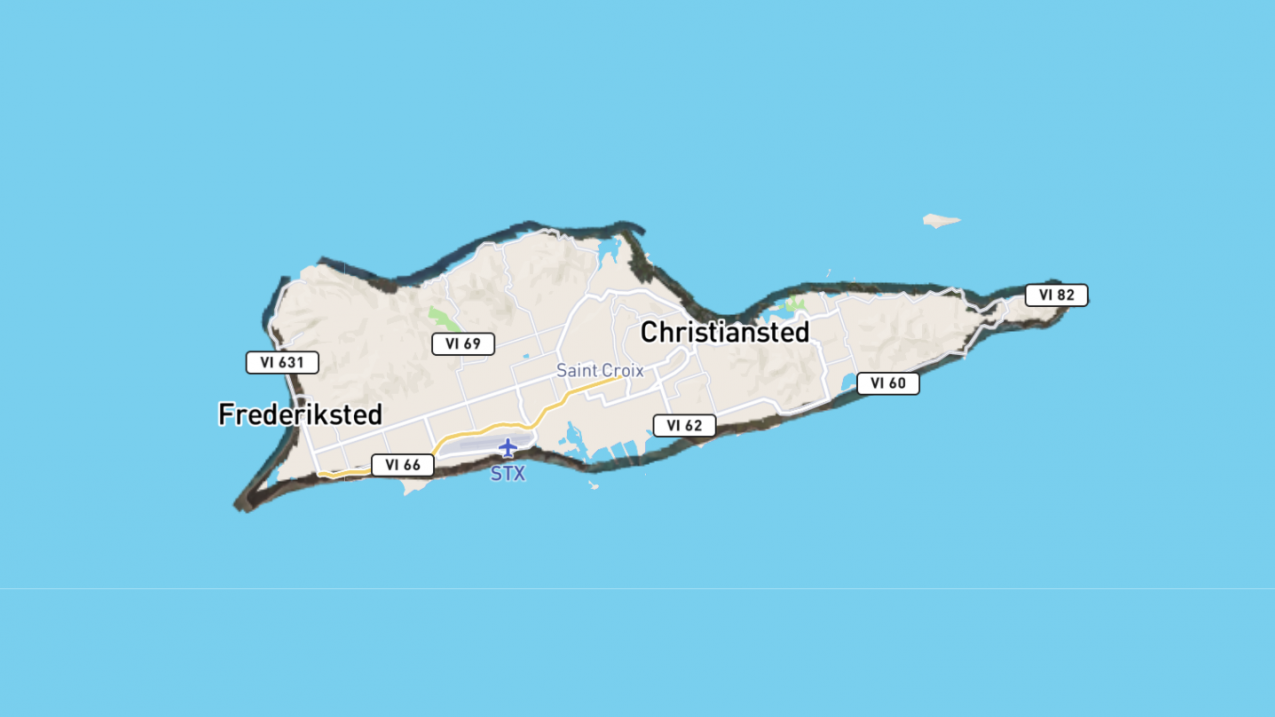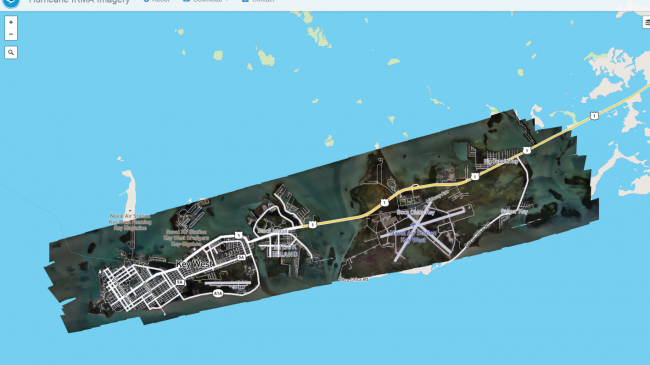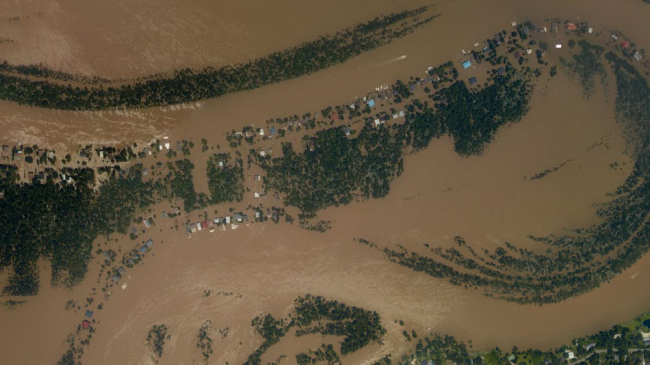
Online images of areas affected by Hurricane Maria will appear as dark ribbons overlaid on the map. To view the photos simply zoom in on the location of interest. (Image credit: NOAA)
Just days after Hurricane Maria passed over Puerto Rico and the U.S. Virgin Islands, teams from NOAA’s Office of Marine and Aviation Operations and NOAA’s National Geodetic Survey started capturing high-definition aerial photos from locations affected by that storm.
As with Hurricanes Harvey, Irma, and previous storms, the images are a crucial tool in determining the extent of the damage inflicted by storms and flooding. Additional missions are planned and those photos from Puerto Rico and the U.S. Virgin Islands will be available online as soon as possible.
By comparing the aerial — not satellite — imagery collected with baseline coastal datasets, response agencies can assess any damage to major ports and waterways, coastlines, critical infrastructure and coastal communities. This can help maintain or restore safe navigation and prioritize areas in need. In addition, imagery is used for ongoing research efforts to test and develop new airborne digital imaging standards.
18,000
The approximate number of images taken after Hurricane Irma
The team collects these images using specialized remote-sensing cameras aboard NOAA aircraft, primarily NOAA’s King Air 350, flying above the area at an altitude between 1,500 and 5,000 feet. Once the aviators shoot the imagery, it is posted online for the public to access.
Viewing tips: To access posted imagery, zoom into the coastal area you’re interested in or search for a specific location. If you see a black ribbon, this indicates images have been posted for that location and overlaid on a map (keep the viewing options as “Mapbox Streets,” the default setting). Views of new locations will be added as flights are conducted.



